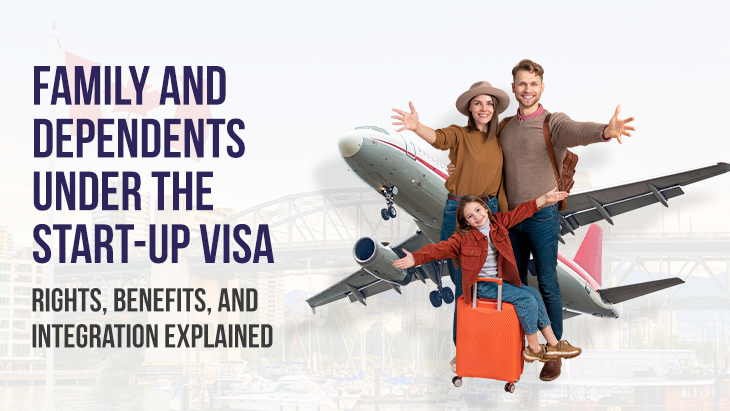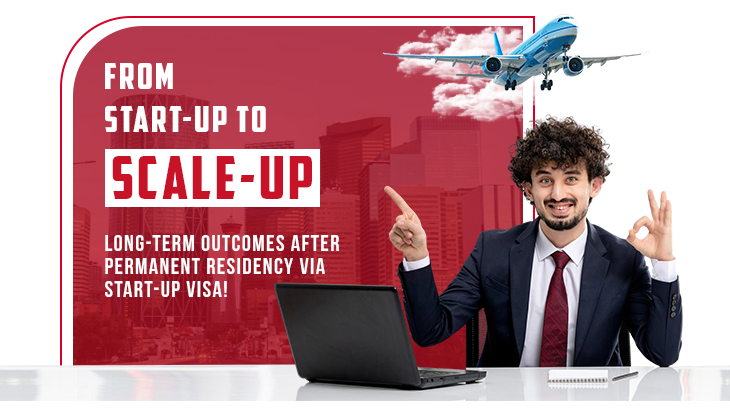Introduction:
If you are already an immigrant to Canada, you may have knowledge regarding Canada’s TR (Temporary Residents) to PR (Permanent Residents) pathway. TR to PR is basically as the name suggests, providing permanent residency to 90,000 essential workers and International Graduates in Canada. The pathway started on April 14th, 2021 and will remain open until November 5th, 2021. This is to help Canada in reaching its goal of welcoming 401,000 new permanent residents. While 90,000 posts are reserved for non-French speaking international graduates and essential workers, the posts for French speakers are unlimited.
Here is limit to the number of applicants to be accepted:
- Health care workers : 20,000
- Essential Workers : 30,000
- International Graduates : 40,000
As mentioned, the pathway is for essential workers and International graduates in Canada. So here are the eligibility criterias:
For Essential workers:
- Residency:
- Must live in Canada and plan to stay outside Quebec
- Must not be a refugee claimant in Canada
- Language Requirements:
- CLB level 4 if you are an English speaker and NCLC level 4 if you are a French speaker
- Areas of clearance in Speaking, writing, reading and listening
- Test results must be less than 2 years old
- Employment:
- Must be employed in Canada
- Be employed in any job listed on NOC Web
- Cannot be self employed
- Work Experience:
- 1 year or 1,560 hours of work in the past 3 years
- Hours worked must be over a period of a year
- The hour count may involve part time or full time jobs
- Unpaid or self employed hours won’t count
- Can check more details on the National Occupation Classification Web.
For International Graduates:
- Residency:
- Must live and have a valid status in Canada
- Mustn’t plan on living in Quebec
- And not a refugee claimant in Canada
- Language Requirements:
- Improved ability in English or French
- Level 5 in CBL for English speakers and Level 5 in NCLC for French speakers.
- Areas to meet the requirements: Speaking, listening, reading and writing.
- Test Results must be less than 2 years old
- Graduation Requirements:
- Graduated on or after Jan 1 2017
- School must be listed on DLI and provide Post Graduation work permits (PGWP)
- Isn’t necessary that you have a PGWP
- Employment:
- Employed in Canada
- Cannot be self employed
- Be working under authorization
- Employed in any of the jobs listed on NCO Web
- Eligible Programs:
- Any kind of degree, diploma or certificate
- 1,800 hours long program at vocational studies or attestation of vocalization specialization (Combined)
- If the program lasted for 2 years or 16 months, one degree, diploma or certificate is enough
- If the program lasts for at least 8 months, 2 or more diplomas or certificates are required.
When and how can one apply?
If you have met all the above mentioned requirements, you will have to apply 4 months prior to your current temporary status expiry. If you have a long term status, you can apply anytime.
Here are some steps to guide you through the process:
- Be ready:
For you to sign up online and keep it hassle free, Get every document, every equipment ready. It may include cameras, credit or debit cards, scanners and view IRCC’s instruction guide.
- Create an account:
You will receive your documents checklist and get to submit your application only after creating an account. You can create one on the IRCC website.
- Document checklist:
Once you have signed in, you will get a list of all the documents you will have to submit. But first, you will have to answer some personalized questions that will tell you what documents you need.
- Application:
After getting the list of the documents needed, you will have an application form to fill. This one will ask you about your job title, the stream you have applied for and anything as such.
- Upload:
After checking the presence of all your documents and filling out the application form, you will have to upload everything required on your account. You can even download the application forms, fill them up, validate them and upload them to the IMM 0008 space on the site.
- Payment:
You will have to make a payment while submitting the forms as a biometric fee or else there will be delays.
- After uploading
Once you have completed the online procedure of application, officers will go through your forms, send a letter to get your biometrics which must be sent within 30 days of receiving the letter. And check you are eligible. You will get the permit if you are, and if you are not, your application will not be processed.
Conclusion:
It is the country’s friendly atmosphere, higher rankings in safety and happiness, providing of quality education, the many opportunities and the beautiful landscapes that draws people from various countries and ethnicities to it, making it more diverse. The TR to PR pathway was started or created to allow students and workers to gain the permanent residency title. With Canada being considered for immigration by hundreds of thousands, this came as an easier pathway to make it possible for a few of those.
This article is to help you understand the eligibility criteria and guide you roughly through the process. If you need more clarity and detailed information, you can check out the official instructions posted online by the government. But there are other ways for you to immigrate to Canada and secure permanent residency after this program closes like maintaining your CSR score. ICCRC: Immigration Consultants of Canada Regulatory Council can help you regarding that and more.













